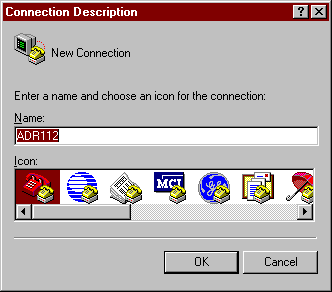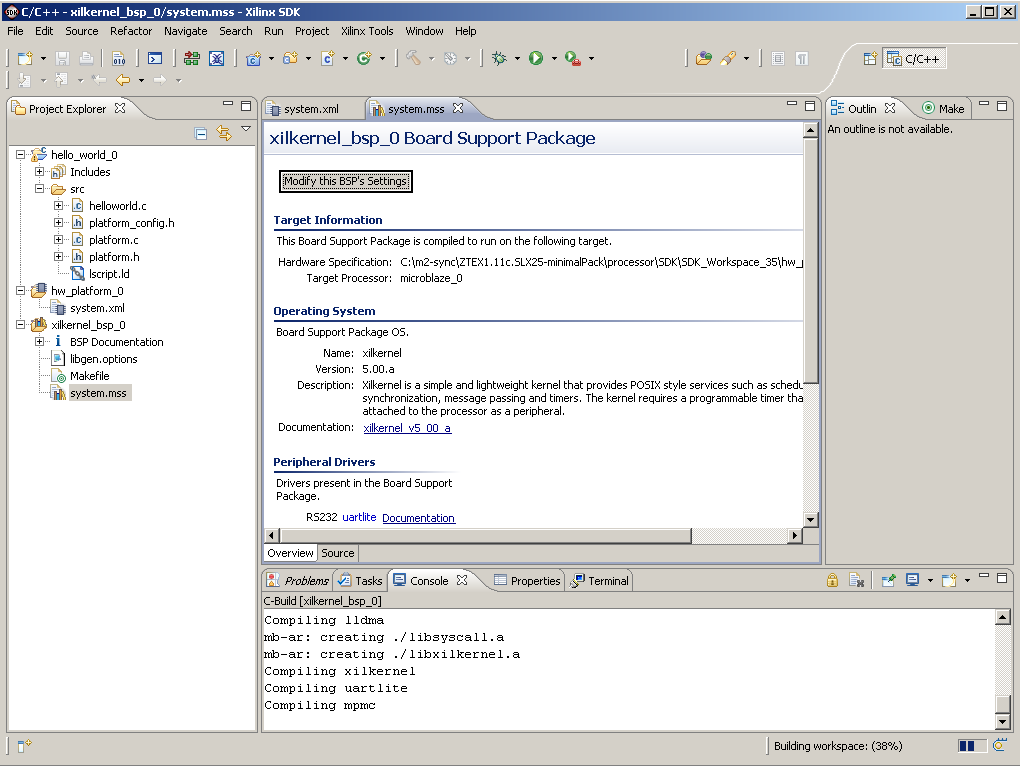 The HyperTerminal tool, included with Windows 2000, allows you to communicate directly with your system's modem. Through HyperTerminal, you can reset the modem or issue configuration and diagnostic commands. These capabilities can help you determine whether or not the modem and computer are communicating correctly.
The HyperTerminal tool, included with Windows 2000, allows you to communicate directly with your system's modem. Through HyperTerminal, you can reset the modem or issue configuration and diagnostic commands. These capabilities can help you determine whether or not the modem and computer are communicating correctly.Hyperterminal private edition 7.0 serial key User’s review: HyperTerminal Private Edition is a terminal emulation program that supports communications over TCP/IP networks, Dial-Up Modems, and hyperterminal private edition 7.0 serial key serial COM ports.
Hyperterminal Serial Number
Starting HyperTerminal and setting up a new connection
Before you can use HyperTerminal to troubleshoot your modem, you must create a connection to the port the modem is using. To do so, follow these steps:
- Click Start | Programs | Accessories | Communications | HyperTerminal.
- Once HyperTerminal opens, it will automatically prompt you to create a new connection if none exist. If no connection(s) exists, you can click File | New Connection to create a new one.
- Specify a name for the connection, choose an icon, and click OK.
- In the Connect To dialog box, choose the COM port being used by your modem (usually COM1 or COM2) from the Connect Using drop-down list and click OK.
- In the port property sheet that appears, choose a port speed (bits per second) that matches the device. (For a modem, choose its maximum speed.)
- Then, choose communications parameters that match the device. For most devices, you can typically use 8 data bits, no parity (set to None), one stop bit, and hardware flow control.
When you click OK, HyperTerminal will immediately open a connection to the port. You'll then be ready to troubleshoot.
Using AT commands
When using a modem, you can type AT and press [Enter] in the HyperTerminal connection to test communications. You should receive an OK message if your settings are correct and the modem is working, as shown in Figure A
Hyperterminal Serial Number
.| Figure A |
| These are some of the AT commands for my Compaq Armada M300 laptop's built-in modem. |
If you don't see the AT text appear when you type, choose File | Properties, click the Settings tab, and then click ASCII Setup. Select Echo Type Characters Locally and click OK twice.
Once you know the modem is at least communicating with the computer, you can use an AT command to perform further diagnostic testing or change configuration settings. Refer to your modem's manual for configuration and diagnostic commands.
Other troubleshooting methods
There are a few other ways to perform diagnostics on a modem and issue special configuration commands. For diagnostics, open the Control Panel and then open the Phone And Modem Options object. Click the Modems tab, select the modem, and click Properties. Use the Diagnostics tab (Figure B) to query the modem and view the modem log when troubleshooting communications problems.
| Figure B |
| Clicking the Query Modem button will send the same AT commands to the modem that we entered manually using HyperTerminal. |

If you need to include a special initialization command for the modem, click the Advanced tab and enter the modem commands in the Extra Initialization Commands field. This will cause Windows to use the initialization commands for all sessions in which the modem is used.
Is the modem dead in the enterprise?
Does your organization still use desktop modems? Are there still applications your organization uses that require 56K modems? Join our discussion on the viability of modems in the enterprise.
Comments are closed.